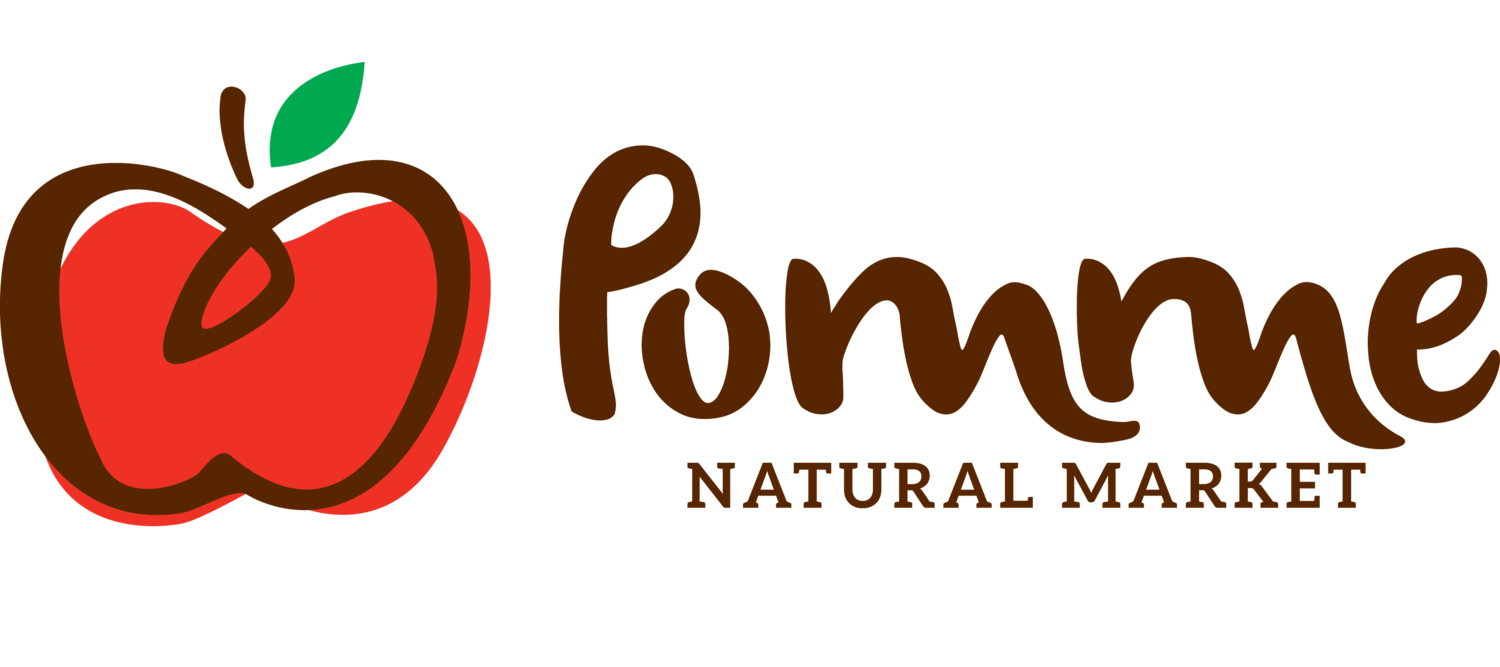The Choice is in Your Hands
/When we are at the grocery store, the market or the farm gate we have a choice – organic or not, in-season or greenhouse grown, local or imported, transitional or conventional. Your choice may be driven by cost, seasonality or taste, it might be guided by your support of local growers or by the protection of your health and the environment. Whatever the reason, the choice is in your hands! My suggestion is to make the decision which will optimize your nutrient intake and minimize your toxin load. Buying local, in-season produce and organic products protects your inner environment and the outer environment too.
Let’s look at Organic
A recent meta-analysis study from Stanford University concluded that there is not a significant difference in nutrients when comparing organic produce to its conventional counterparts. That being said, there was a significant reduction in pesticides in organic products (see sidebar/text box). By choosing organic fruits and vegetables, you will reduce the amount of toxins, herbicides and pesticides you put into your body.
There is also the matter of taste. Anecdotally, organic or transitionally grown foods taste better and I would have to agree with them. For me, one of the organic fruits that I think tastes so much better than its conventionally-grown counterparts are bananas. I would have to admit that bananas are the worst offender on my shopping list in terms of food miles (more on that later) but I love and appreciate every organic bite of them.
The Dirty Dozen Plus™ and the Clean 15™
According to the Environmental Working Group’s (EWG’s) 2012 Shopper’s Guide to Pesticides in Produce™ the following foods contain the most pesticide residues. EWG lovingly calls these the Dirty Dozen Plus™ (“Plus”, because there are 14!) and recommends that consumers buy these organic as much as possible. All but three of the Clean 15™ are grown right here in British Columbia.
Let’s Look at Local & Seasonal
Local and seasonal go hand-in-hand, as things that come from our local food shed are always in season! Local food is a sustainable choice, and a healthy choice for the environment. Where lamb from Metchosin may travel 70 km to your plate, lamb from New Zealand travels over 12,000 km!
Additionally, when you choose fresh fruits, vegetables and grains that have been grown right here in the lower mainland, you are choosing food that has been picked at the peak of freshness. The longer that produce is allowed to ripen naturally “on the vine”, the more nutrients that it obtains from Mother Nature! Choosing local foods minimizes the vitamin and mineral losses and maximizes the freshness factor! Just compare the taste of a pale, hard tomato, picked green and forced to ripen in the dead of winter to a spectacular, deliciously red and perfectly vine-ripened local, unsprayed, heirloom tomato. One is a disappointment and the other… a taste sensation!
Take a beautifully ripe heirloom tomato. Slice it in half horizontally and grate both halves over a bowl; leaving the skin behind. Whip in 1 tablespoon of olive oil and a small pinch of salt. Spoon over toast & eat immediately – yum!
Top three things you can do:
- Spend wisely and buy organic vegetables and fruits whenever possible, especially ones that are on the Dirty Dozen Plus ™ list – The Dirty Dozen Plus™ are the 14 fruits and vegetables that may contain the highest levels of pesticides when grown conventionally.
- Purchase foods grown and produced as close to home as possible. Look for labels that tell you where the fruit or vegetable is grown (and if you don’t see where it was grown – ask!).
- Get to know and support your local farmers and producers – remember that some farmers may be producing organically grown or in-transition produce, but are not yet “certified organic”.
I would like to suggest that there is a need and a reason for both; buy organic produce and buy locally grown, in-season produce whenever possible and support farmers who use organic or in-transition growing practices. Not only will you maximize your nutrient intake and support local growers and producers; the environmental impact of eating food grown close to home is something we can all feel good about.




